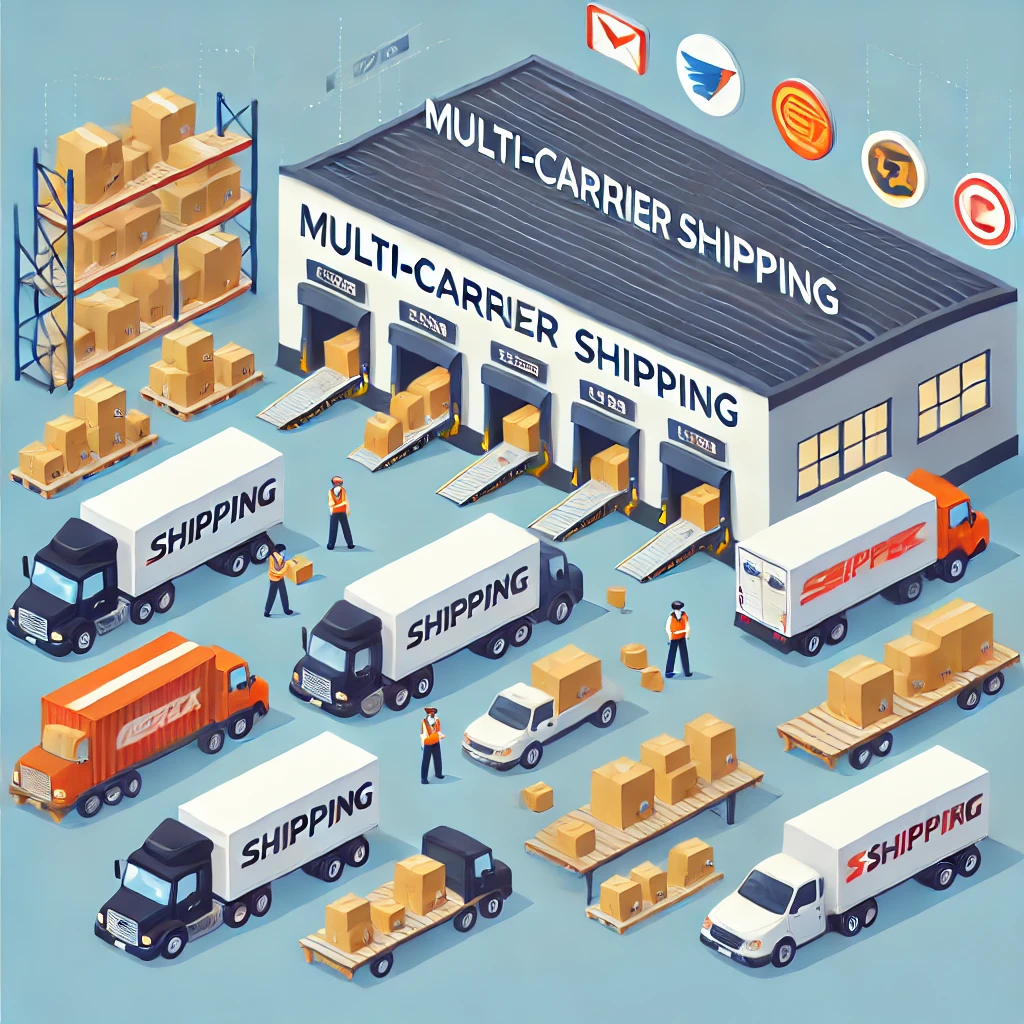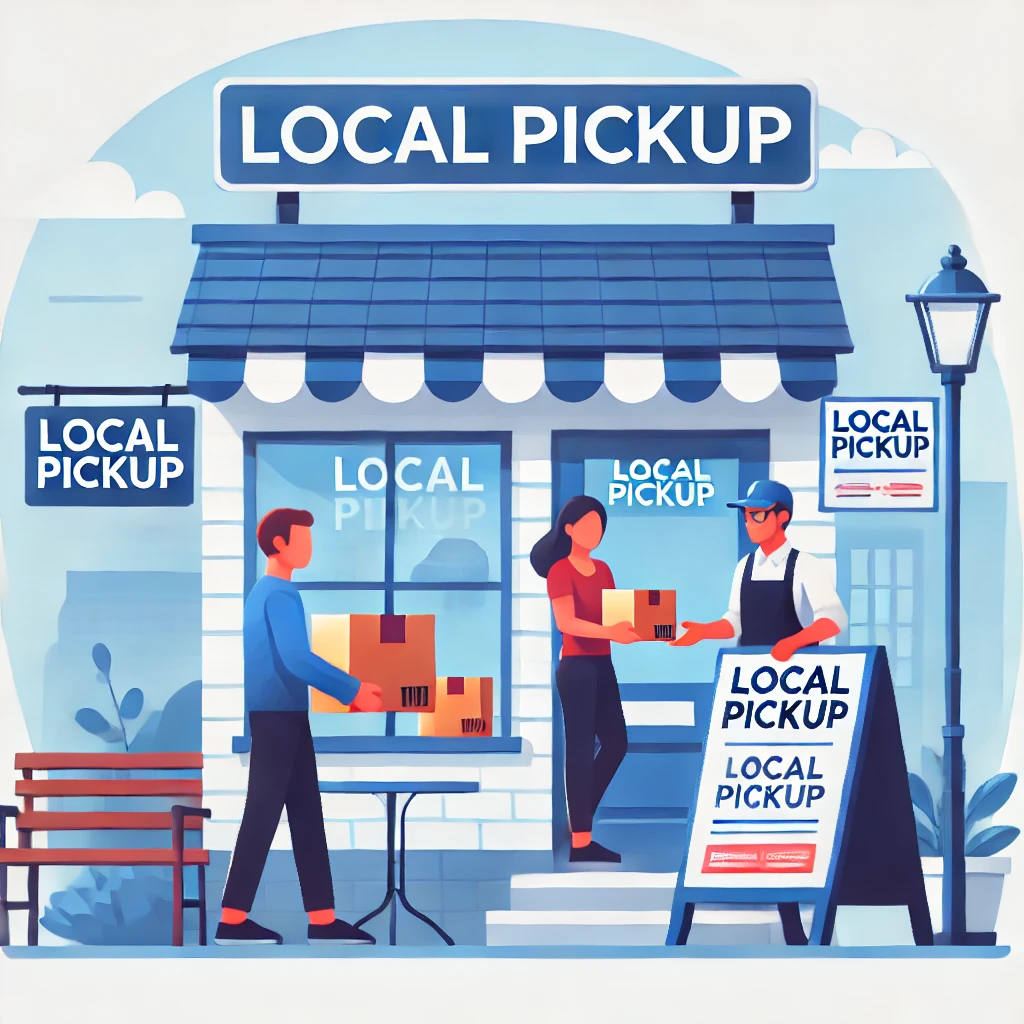Understanding Markup to Margin Conversion Tables: A Comprehensive Guide

What Are Markup and Margin?
Before diving into conversion tables, let’s clarify the difference between markup and margin:
- Markup is the amount added to the cost of a product to determine its selling price. It’s usually expressed as a percentage of the cost.
- Margin, on the other hand, is the profit expressed as a percentage of the selling price.
Understanding the distinction is crucial because a 50% markup doesn’t equate to a 50% margin. This common misconception can lead to pricing errors and potential profit loss.
The Need for Conversion Tables
Markup to margin conversion tables serve as a quick reference guide, allowing businesses to easily convert between markup percentages and margin percentages. These tables are particularly useful because:
- They save time in calculations, especially when dealing with multiple products.
- They reduce the risk of calculation errors.
- They provide a clear visual representation of the relationship between markup and margin.
- They help in making quick pricing decisions, especially in fast-paced business environments.
How to Read a Markup to Margin Conversion Table
A typical markup to margin conversion table looks like this:
Markup % | Margin % |
10% | 9.09% |
20% | 16.67% |
30% | 23.08% |
40% | 28.57% |
50% | 33.33% |
To use the table:
- Locate your desired markup percentage in the left column.
- Move across to the right column to find the corresponding margin percentage.
For example, if you have a markup of 30%, the table shows that this corresponds to a margin of 23.08%.
Creating Your Own Conversion Table
While pre-made tables are widely available, creating your own can be beneficial, especially if you need specific increments or ranges. Here’s how to calculate the values:
- For markup to margin: Margin % = [Markup % / (100% + Markup %)] x 100
- For margin to markup: Markup % = [Margin % / (100% – Margin %)] x 100

Practical Applications of Conversion Tables
Conversion tables find applications across various business scenarios:
- Pricing Strategy Development: Quickly assess how different markup percentages translate to margins, helping in setting competitive yet profitable prices.
- Financial Planning: Use the tables to project revenues and profits based on different pricing scenarios.
- Negotiation Tool: During supplier negotiations, quickly understand how changes in cost affect your margins.
- Performance Evaluation: Compare actual margins against target margins derived from your standard markup.
- Employee Training: Use the tables as a visual aid to teach new employees about pricing concepts.
Limitations of Conversion Tables
While incredibly useful, conversion tables do have limitations:
- They don’t account for variable costs that may change with volume.
- They assume a consistent markup across all products, which isn’t always the case.
- They don’t consider market factors that might necessitate price adjustments.
How Linbis Distribution Software Elevates Your Pricing Strategy
While markup to margin conversion tables are undoubtedly useful, modern businesses need more sophisticated tools to stay competitive. This is where Linbis distribution software comes into play, offering a comprehensive solution that goes beyond simple conversions.
Real-time Pricing Calculations
Linbis software doesn’t just provide static conversion tables. Instead, it offers real-time pricing calculations that take into account:
- Current inventory levels
- Supplier costs
- Market demand
- Competitor pricing
This dynamic approach ensures that your pricing strategy is always optimized for maximum profitability.
Integrated Margin Analysis
With Linbis, you’re not limited to predefined markup percentages. The software allows you to:
- Set target margins for individual products or product categories
- Automatically adjust prices to maintain desired margins when costs change
- Visualize the impact of different pricing strategies on your overall profitability
Multi-channel Pricing Support
In today’s omnichannel business environment, maintaining consistent and profitable pricing across multiple sales channels can be challenging. Linbis distribution software helps by:
- Synchronizing prices across all your sales channels, from brick-and-mortar stores to e-commerce platforms
- Applying channel-specific pricing rules to account for different costs and competition in each channel
- Providing a unified view of your pricing strategy across all channels
Historical Data Analysis
Unlike static conversion tables, Linbis software leverages your historical sales data to inform pricing decisions. It can:
- Analyze past pricing strategies and their impact on sales and profitability
- Identify seasonal trends that might affect optimal markup percentages
- Suggest data-driven pricing adjustments to maximize revenue
Automated Reporting
Linbis goes beyond simple markup to margin conversions by offering comprehensive reporting features:
- Generate detailed margin reports for any time period, product, or product category
- Set up automated alerts for when margins fall below specified thresholds
- Create custom dashboards to visualize your pricing performance at a glance
Integration with Other Business Systems
One of the key advantages of Linbis distribution software is its ability to integrate with other business systems:
- Sync with your inventory management system to ensure pricing reflects current stock levels
- Connect with your CRM to offer personalized pricing to different customer segments
- Integrate with your accounting software for seamless financial reporting
Predictive Pricing Capabilities
Leveraging advanced analytics and machine learning, Linbis can help you stay ahead of the curve:
- Forecast how price changes might impact demand and overall profitability
- Suggest optimal pricing strategies based on market trends and competitor behavior
- Identify potential risks and opportunities in your current pricing approach

Conclusion: Embracing the Future of Pricing Strategy
While markup to margin conversion tables remain a useful tool, the complexities of modern business demand more sophisticated solutions. Linbis distribution software offers a comprehensive approach to pricing strategy that goes far beyond simple conversions.
By leveraging real-time data, advanced analytics, and seamless integration with other business systems, Linbis empowers businesses to:
- Make data-driven pricing decisions
- Maintain optimal margins across all products and sales channels
- Respond quickly to market changes and competitor actions
- Streamline operations and improve overall profitability
In an era where pricing can make or break a business, tools like Linbis distribution software are not just beneficial—they’re essential for staying competitive and profitable. By combining the foundational understanding provided by markup to margin concepts with the advanced capabilities of Linbis, businesses can craft pricing strategies that are both agile and robust, ensuring long-term success in an ever-changing market landscape.
